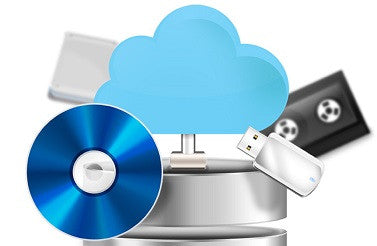6 Ways to Store / Backup Your Precious Photos


- Negatives, archival prints in photo books, shoebox
Risks are high. Moisture, microorganism, bug, time, oxygen, disasters, animal, human, burglary all can cause irreversible damages.
- On your computer hard drive
Photos can be transferred from memory card to PC with USB card reader conveniently.
It is convenient to view, print, or edit photos from your computer. The storage capacity can be several hundred GB, 1TB, or greater. But if the computer breaks down, you may not be able to retrieve the data on the hard drive.
- Digital camera Memory card, flash drive (4GB, 8GB, 16GB, 32GB, 64GB, 128GB, 256GB, 512GB)
They are light, small, and convenient to carry around. They also cannot be read/write for indefinite times. And they are subject to failure and damage as well.
- External hard drive
Storage Capacity can be as high as 1 TB or greater. Western Digital offers inexpensive external hard drive ( $99 - $250) with backup software preinstalled. Fire and waterproof external hard drives such as ioSafe are a little more expensive.
They are also subject to failure and data loss. You need to check it regularly (at least monthly).
- Online storage
There are plenty of online backup services: Dropbox, Flickr, Apple iCloud, Amazon Cloud Drive, Google Photos, Backblaze, etc.
The Best Photo Storage Service to Suit your Needs
Most are free, some are not. Some are limited in storage capacity. You have to remember the password to access the account.
- DVD
DVD is a relatively safe way to supplement online or external backups. It takes extra time to manually burn the DVD. But you can put them in a bank vault to avoid theft and give copies to friends as an additional backup.
Design a back-up back-up plan including a combination of methods and do the backup regularly to minimize the risk of losing photos.











